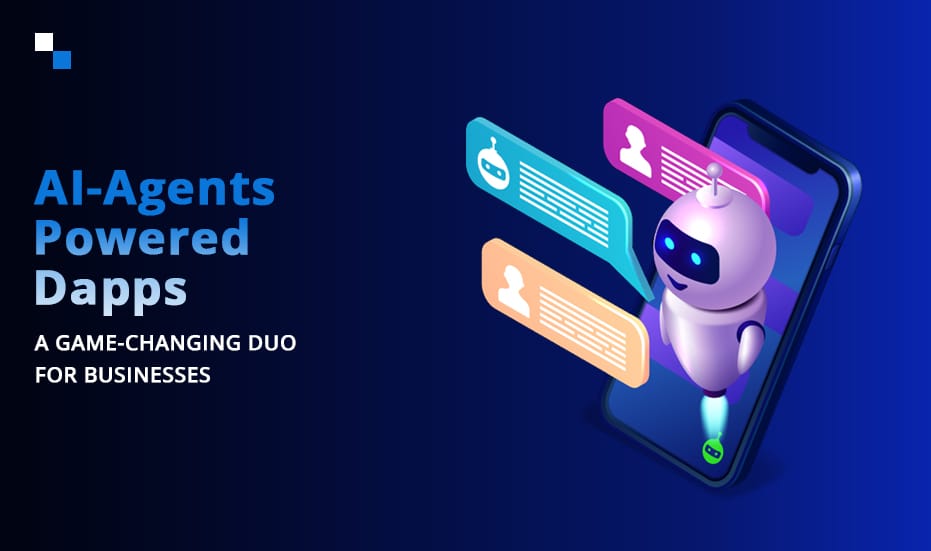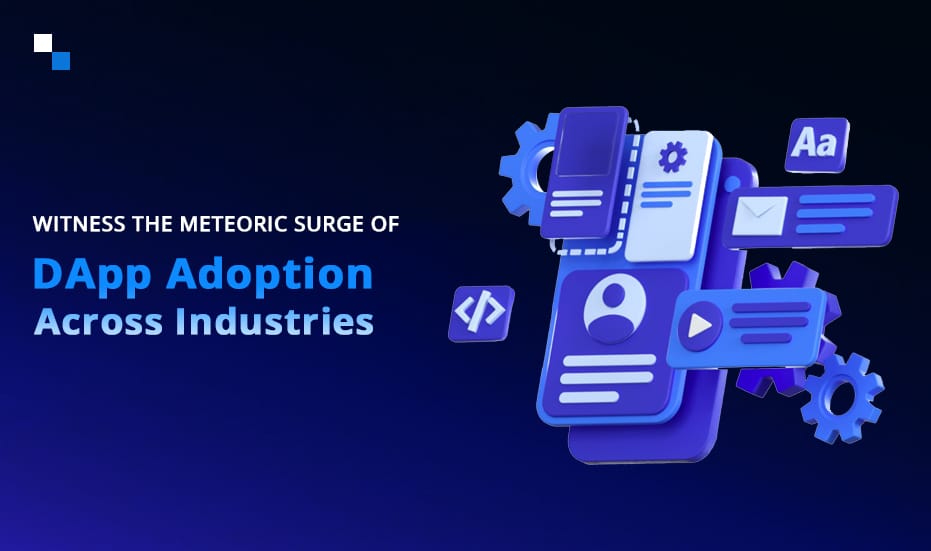
The Ultimate Guide to TRC20 Token Development
April 25, 2022
Guide to Create your own NFT Auction Portal
April 26, 2022Businesses are dabbling into the exhilarating world of crypto and dApp development to harness the benefits of decentralization. In the core of decentralized platforms, lie underlying technologies that determine the capabilities, security, and quality of the overall customer experience of decentralized applications and products. When talking about cryptocurrency and dApps, blockchain is the core technology that attempts to infuse decentralization, security, and scalability in conventional systems.
Many layer 1 (also known as L1) blockchain networks have surfaced recently, promising unbreakable security, robust and flexible architecture, and high transaction throughput. Ethereum has enjoyed its dominance as a blockchain network most suitable for decentralized application development for a long period. Various solutions which have emerged recently have their lags and benefits, all challenging to steal Ethereum’s spotlight in their conduct. We have already covered key differences between Binance Smart Chain (also known as BSC) and Ethereum in one of our recent blogs. In this blog, we will compare Solana and BSC and evaluate which one is more suitable for dApp development.
How does Binance Smart Chain Offer a Suitable Ecosystem for DApp Development?
In September 2020, when the race of blockchain networks for high transaction throughput was about to begin, Binance released Binance Smart Chain. The fully developed blockchain network enables high scalability, low transaction fees, rapid block times, high transaction speed, and smart contract support.
Key Features of Binance Smart Chain
• Validators
The number of validators is limited to 21. Anyone who has more amount of BNB at stake is eligible to become an active validator of the transaction.
• Cross-Chain Bridging
To enable users to convert their USDT, ETH, or BUSD to BSC, BSC creates a bridge leveraging the Binance Bridge. This ensures smooth interoperability, making BSC dApp development an ideal choice for several businesses.
• Consensus Mechanism
The blockchain was able to achieve substantially low transactional costs and notably high transactions per second (TPS) by cutting down the number of validators and implementing Delegated Proof of Stake (DPoS) and Proof of Authority (PoA) consensus mechanisms.
How does Solana aim to offer a suitable ecosystem for decentralized application development?
Launched in 2017, Solana is another layer 1 blockchain network that is all the rage due to its high scalability, surprisingly high transactional speed, unbreakable security, and stability.
Key Features of Solana
• Consensus Mechanism:
The blockchain platform utilizes a Proof of History (PoH) consensus mechanism in which it validates the time difference between two events through a sequence of computational steps. This protocol ensures a proper track record of transactions. Besides, the network makes use of Tower BFT to implement the PoS (Proof of Stake) mechanism, ensuring resistant security and stability.
• Stateless Architecture:
As programs are not obliged to remember the state of the blockchain, there occurs less utilization of memory which prompts faster transactions, making Solana a preferable network for dApp development.
• Validators:
The network ensures flawless performance without compromising on decentralization. A large number of validators are required to attain the consensus for a particular transaction. Also, at the time this blog is being written, more than 75% sof the $SOL tokens are staked, confirming intense resilience to attacks.
Build your own decentralized application
Schedule Free DemoBSC Vs Solana – The Final Comparison
We have now had an overview of the two blockchain networks. Let us now point out some key metrics for comparative analysis of decentralized application development using both blockchains.
• Scalability and Block Time
Both the blockchain networks characterize high scalability, however, there is a huge difference between both in the case of block time and transaction throughput. As per BSC Scan, the average block time of the network amounts to around 3 seconds. Also, based on daily transfer data, it is observed that with a network utilization rate of 38.91%, BSC processed 62.4 transactions per second. Therefore, it can handle around 160 transactions per second with 100% network usage. Solana, on the counterpart, recently permitted a block time of 0.610 seconds and allowed 700 TPS. Solana network’s capacity can be scaled up to 65,000 TPS, as promised by the project.
• Transaction Fees
Both the blockchain networks feature low transaction fees. The average transaction cost in the case of Binance Smart Chain is 0.0009348 BNB whereas in the case of Solana is 0.000005 SOL.
• Validators, Security, and Centralization
To examine the levels of security and decentralization, one can compare the number of validators required to participate in the consensus mechanism of both the competing blockchain networks. As discussed earlier, Binance Smart Chain requires the participation of 21 validators while there is no set number for Solana. Therefore, in the case of the level of decentralization, Solana is a clear winner.
On the other hand, the security levels of both the blockchain networks are determined and regulated by PoS protocols. It indicates that both perform almost the same on the security scale.
Conclusion:
Based on the comparison drawn above, one can figure out that both blockchain networks withhold the capacity to dethrone each other, in the case of one metric or another. Businesses should go for BSC dApp development or Solana dApp development based on their project preferences.
If you wish to dive deeper into the difference and make out which network is best suited for your project, hire Antier Solutions for consultancy and decentralized application development services.
Connect with our subject matter experts to share your business needs.



